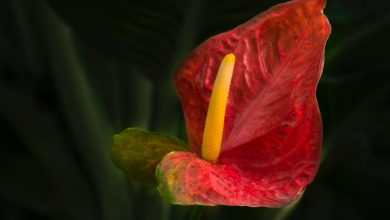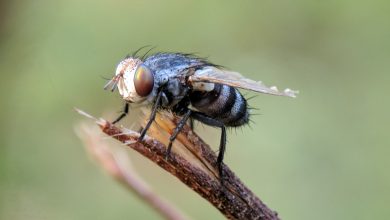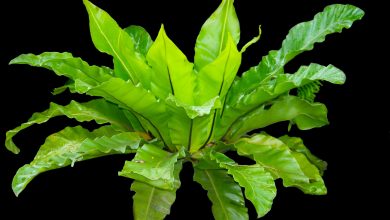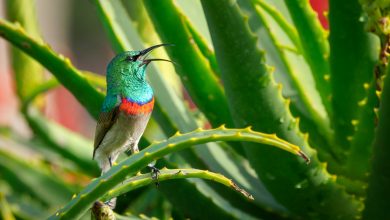Plants Toxic to Cats
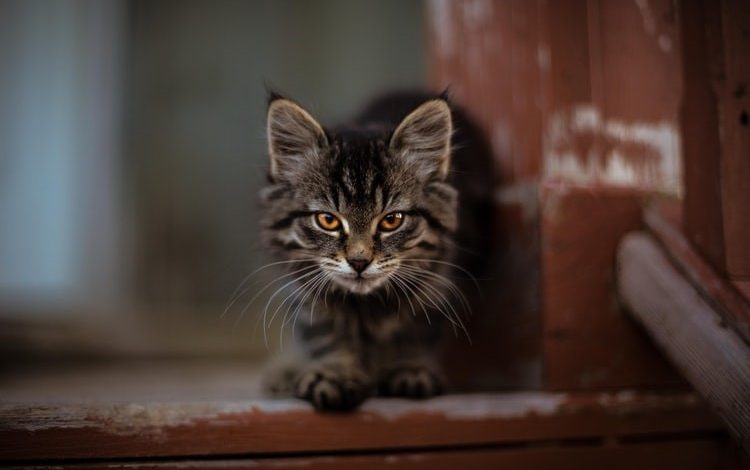
Sometimes, plants and cats aren’t the best of companions. Perhaps, this is because the latter doesn’t hesitate to tear down plant leaves with their paws, thereby distorting their aesthetic beauty. On the other hand, some plants possess poisonous properties, which in extreme cases, can damage a cat’s organs if ingested.
For pet lovers and horticulturists, this parasitic interaction between their ornamental plants and feline friend is usually a source of worry. Thus, growing household plants within the yard or reach of cats are out of the picture, bearing in mind also that they’re excellent climbers.
But before separating these two rivals, you need to know which of the plants are toxic to your cats. So we’ve put together the commonest feline nightmares you need to know to avoid calling Animal Poison Control Center (ASPCA) or seeing a veterinarian doctor.
Autumn Crocus
The best time of the year this ornamental plant, autumn crocus (Colchicum autumnal), blooms is at fall. Most plant lovers know autumn crocus as naked lady or meadow saffron. According to ASPCA, this flowery plant is detrimental to a couple of domestic animals like horses, dogs, and your favorite kittens. However, Pet Poison Helpline believes these plants pose a considerable threat to cats the most, primarily due to the alkaloid colchicine content found in them.
More so, based on the findings of Pet Poison Helpline, cats that swallow this plant are likely to exhibit gastrointestinal signs. These signs include bloody diarrhea, seizures, difficulty in breathing, drooling, vomiting, liver and kidney damage, and death in extreme cases. Therefore, autumn crocus should be entirely out of the sight of your feline since every part of the plants is extremely toxic.
Marijuana
Marijuana is one of the toxic plants we found out your pet shouldn’t be messing with. When cats swallow Cannabis sativa, their nervous system suffers coordination problems and depression. Other signs that accompany poisoning by marijuana are drooling, unusual heartbeat, coma, vomiting, seizure, and diarrhea.
Indian Borage
The botanical name for this plant commonly cultivated in North America is Coleus ampoinicus. It’s from the Labiatae family and is more grown during summer. Some familiar names attached to this plant are the bread and butter plant, Maratha, Spanish thyme, coleus, and East Indian thyme.
The leaves of the plant, stem, and root contain Indian borage poison that can affect the gastrointestinal system of your pet inherently, resulting in diarrhea, vomiting, anorexia, and depression. There can also be instances of internal bleeding when your cat ingests any toxic part of this plant.
The gravity of the above signs depends on the amount of the Indian borage plant consumed by the cat.
Azaleas and Rhododendrons
Azaleas and Rhododendrons share common characteristics with some small trees and flowering shrubs known to be poisonous to cats. More than 1,000 species fall under this family of plants. Pet Poison Helpline revealed that their level of toxicity is, however, not the same. Some are moderate; others are severe. Grayanotoxin is the name of the toxic content in this species of plant. The entire plant body is harmful to cats. Even with a single bite, they can end up sick.
According to ASPCA, cats poisoned by Azalea or Rhododendron would usually show the following signs: arrhythmias, tremors, coma, seizures, fatigue, temporary blindness, and gastrointestinal symptoms like diarrhea, drooling, no appetite, and vomiting.

Cyclamen
This ornamental plant is widely available to horticulturists. Cyclamen is a genus otherwise known as Sowbread and Persian violet. Besides, it has 23 flowery plants. A research carried out by Pet Poison Helpline revealed that the root and tuber of this plant are the most harmful parts to cats. Notwithstanding, its entirety is still toxic.
You can tell when cats ingest just a little of this plant by the following signs: vomiting, drooling, and diarrhea. However, when swallowed in large amounts, the cat may suffer seizures, abnormal heart rate and rhythms, and death.
Hyacinths
Hyacinth takes its root from the Eastern Mediterranean. Related species of these plants are tulip and water hyacinths. They have beautiful smells and appearance, but their bulb flowers contain toxic alkaloids, which are dangerous to cats.
Narcissus (Daffodils Inclusive)
These species of plants are flowering spring perennials. You can call them narcissus, paperwhite, or jonquil. Findings by Pet Poison Helpline revealed that lycorine, which is the toxic substance in the plant, is in every part of the plant. However, the bulbs remain the most poisonous.
Drooling, abdominal pain, diarrhea, and vomiting are signs of narcissus poisoning. According to ASPCA, the ingestion of narcissus genus plants in extreme cases may result in convulsion, cardiac arrhythmias, severely low blood pressure, and breathing difficulties.
Dieffenbachia
It’s common to hear the dieffenbachia plant called exotica perfection, variable dieffenbachia, charming dieffenbachia, gold dieffenbachia, dumb cane, tropic snow, giant dumb cane, and spotted dumb cane. You can find dieffenbachia in the Araceae family.
Pet Poison Helpline showed that there are insoluble calcium oxalate crystals in this plant species, and they’re the reason behind the mouth irritation cats develop after ingesting any of the dieffenbachia plants. The mild signs associated with poisoning by dieffenbachia are difficulty swallowing, oral burning sensation, drooling, and puking. The good side of this plant is that it doesn’t result in death if taken in by the cat. However, it may cause discomfort and pain.
Snake Plants (Sansevieria Trifasciata)
Another name for this plant is the mother-in-law’s tongue. Like most houseplants, it refreshes the air within the house. However, it poses a threat to the cat if ingested. Upon swallowing this plant, the toxin properties in the plant called saponins make the cat nauseous, and its gastrointestinal tract experiences irritation. Inherently, this reaction causes the cat to puke.
Kalanchoe
This chandelier plant, mother-in-law plant, devil’s backbone, and mother-of-millions, as many would like to call it, is another plant that should be at arm’s length.
Like most poisonous plants, the entire plant body is toxic to your kitten due to the presence of bufadienolides. ASPCA asserted that this harmful substance causes gastrointestinal irritation signs like diarrhea, drooling, and puking. Ingesting a large part of this plant is highly detrimental to cats. According to Pet Poison Helpline, the cat may experience seizures, heart arrhythmias, and fainting following the ingestion of this plant.

Lilies
Not all the plants bearing lily are harmful to cats. There are specific lily species that are poisonous to your feline. Daylilies, Stargazer lilies, Western lilies, Japanese show lilies, Wood lilies, Easter lilies, Tiger lilies, Asiatic lilies, Red lilies, and Rubrum lilies are harmful to cats. However, Easter lilies do the worst damage to the health of a cat. The pollen of this lily can disrupt the functionality of the cat’s kidney.
Just munching on a bit of this plant species, like the leaves or petals, can amount to the death of the kitten. When cats use their tongue on the plant pollen, it’s enough to spell doom for the pet. Therefore, it’s essential to keep the plant out of your yard completely.
Oleander
Another name for this plant is Rose-Bay, Nerium oleander, and white oleander. It’s a well-known flowering plant in warm climates. As stated by ASPCA, there are toxins in oleander that negatively affect the heart muscle of cats.
When felines bite on parts of these plants, they may experience drooling, seizure, diarrhea, tremor, vomiting, and severe heart abnormalities due to the cardiac glycoside toxins in the plant.
It’s worthy to note that the entire plant poses a threat to cats. Therefore, we advise you don’t keep it indoor or outdoor.
Sago Palm (Cycas Revoluta)
Cardboard palm, Zymias, Coontie, Cycads are the names commonly attached to this plant. It’s a common plant in the tropical and subtropical regions. Sago palm sure looks good, whether positioned indoor or outdoor. Nevertheless, it’s poisonous to cats and dogs. Therefore, you shouldn’t be keeping it as an ornament.
Pet Poison Helpline reported that even though all parts of the plant are dangerous to cats, the seeds are the most toxic. The cycasin toxin found in the plant quickly causes severe damage to the cat’s liver. By ingesting this plant, the gastrointestinal tract of the kitten becomes irritated, thereby causing vomiting, stooling, and diarrhea.
If your cat exhibits the above signs, it’s essential to give it immediate medical attention. Otherwise, its condition may deteriorate, thereby resulting in death. Note that early detection or diagnosis isn’t a guarantee in saving your cat’s life. Thus, the best decision is to keep Sago palm away from your flowery garden and house entirely.
Overall, abiding by the preventive measures such as not growing or keeping these harmful plants in your home or yard is the best method to ensure the safety of your pet. You can also rear household plants safe for your cat.
However, if your cat becomes sick, quickly put a call through to your veterinarian or a pet poison control center. Don’t try to treat them by yourself. We don’t advise that you trigger your kitten to vomit the poison because this act can be risky for them. Always seek and abide by professional help for the ultimate safety of your beloved cat.
